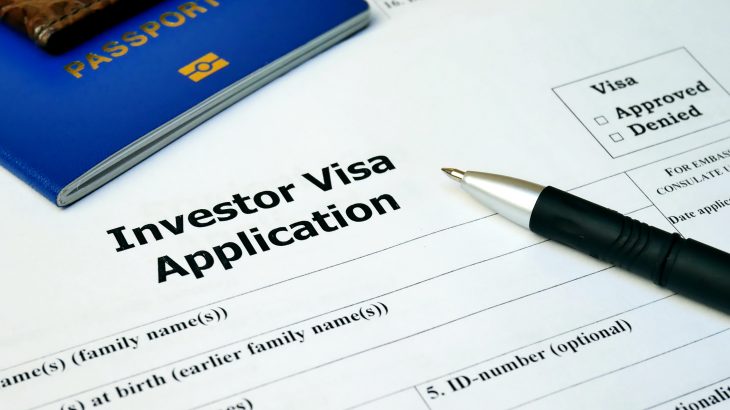A large chunk of last year’s quota is going to waste, but there is likely to be a rollover from this year’s unused quota
By Tishita Agarwal
A recent report suggested that close to 100,000 employment based visas, or green cards, are liable to go to waste if they are not issued by the end of the month. A green card, or US Permanent Residency, is issued to show the bearer can reside permanently in the United States.
The quota for this year’s employment-based visas is set at 261,500 – much higher than the usual cut-off of 140,000 because of overspill from last year’s allocation that was not used because of the Covid-19 pandemic. However, if they are not issued by the end of the month, they will all go to waste because the annual visa allocations reset on October 1 of each year. That said, the overspill from this year will likely result in another bumper year for employment-based Green Cards next year (October 2021 to September 2022).
Many are blaming this situation on the Biden administration, citing slow assignments and unchanging protocols and reaction times as the reason why the US government has been so slow to approve green cards and why the new quota will not be filled. In fact, about 125 Indian and Chinese professionals living in the US have also issued a lawsuit against the Biden administration on this issue. It is reported that almost 136,000 children from Indian families had to deport or transfer to a student visa when they became of age because they got caught up in this visa backlog.
However, this is only part of the picture – the United States Citizenship and Immigration Servicies (USCIS) has been affected by Covid lockdowns and staff shortages due to the pandemic. Similarly, embassies and consulates around the world are effected by the ebb and flow of lockdowns and the need to keep staff safe in each respective country.
Since this is an ongoing issue, this year’s unused allocation will roll over and should be more available if embassies and USCIS reopen as hoped.
The increased quota was a result of an unusually low number of family-based green cards being approved in the fiscal year 2020, causing them to ‘roll over’ into this fiscal year. As a result, USCIS had an obligation to approve more employment-based green cards than usual, and announced that it will accept applications from thousands of immigrants who had been waiting for years, some even decades. Employment-based green cards are subject to annual quotas based upon your country of birth. This quota takes no account of a country’s population, which means that the world’s most populous countries India and China have the same annual quota as small countries with tiny populations.
The result is that China and Indian applicants for various employment-based Green Cards face waiting lists. You can read about the latest in our upcoming analysis of the September visa bulletin. Generally speaking China faces a long wait for the EB-5 Investor Visa category (EB standing for Employment-Based) and India faces long waits in the EB-3 highly skilled worker category. Vietnam also faces shorter delays for EB-5 visa and India is often close to the annual allocation for EB-5 (which is approx 700 visas per country per year not counting any rollovers).
Our clients are always reminded that non-immigrant (non-permanent) alternatives are available and can be used as a stop-gap to live in the United States. The two strongest options are the L-1 Visa, which allows you to set up a US office of your foreign company and transfer to manage that business, or the E-2 Treaty Investor Visa, which allows you to move to the US for the purposes of investing in and running a business in America. Spouses can apply for a work permit under both the L-1 Visa and the E-2 Visa. To be eligible for an E-2 Visa, you must be from an E-2 country. India in not an E-2 Visa country, which means you must first obtain citizenship of an E-2 country like Grenada or Turkey to become eligible
As always, the best option is to speak to our team who can explore all the various options and help you to select the best immigration solution for you, your family and/or your business.
This article is published for clients, friends and other interested visitors for information purposes only. The contents of the article do not constitute legal advice and do not necessarily reflect the opinions of Davies & Associates or any of its attorneys, staff or clients. External links are not an endorsement of the content.



























